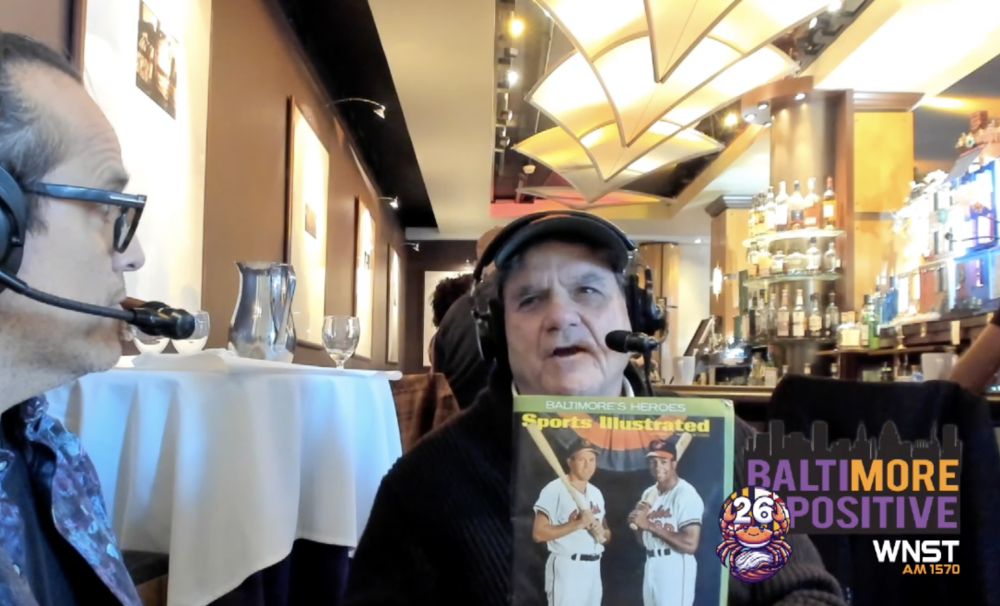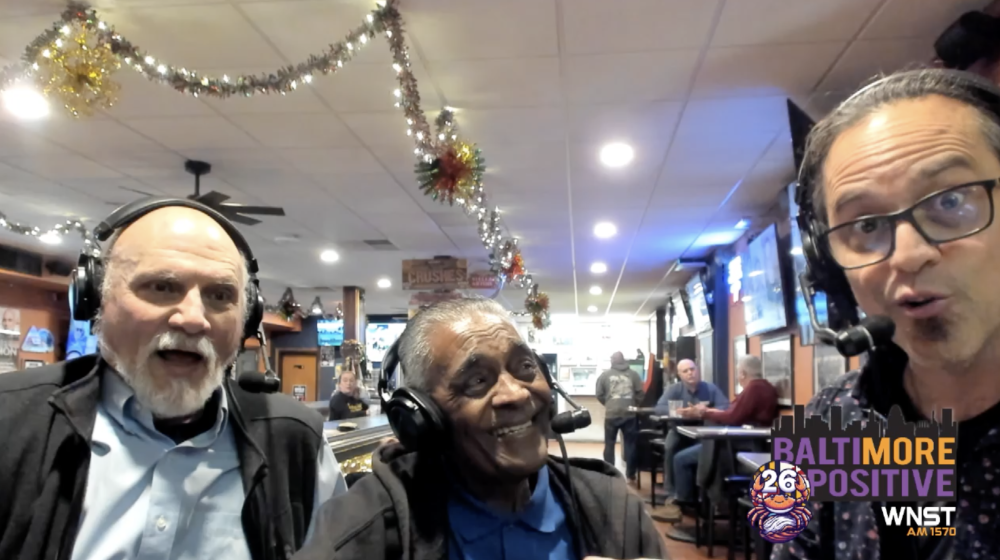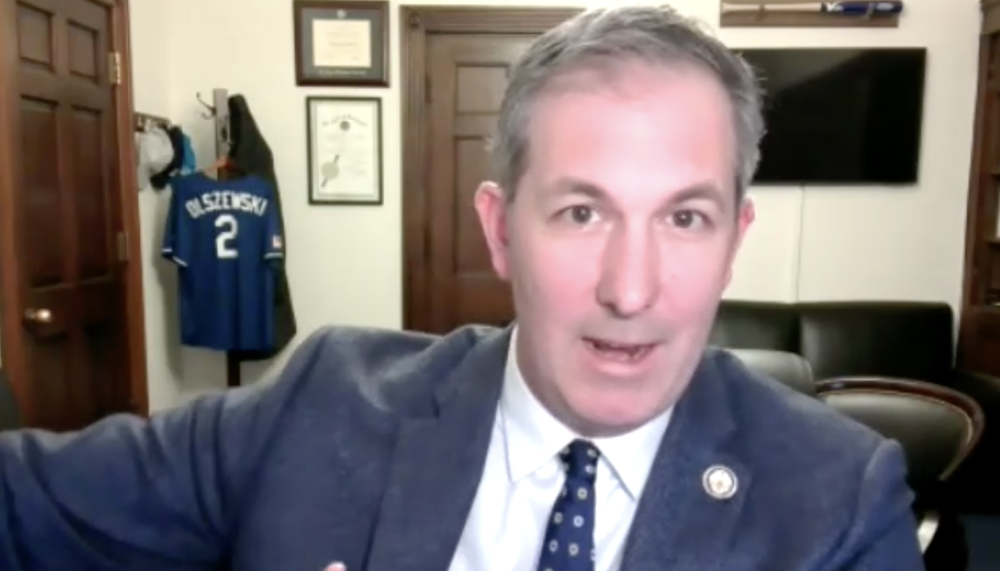Mike Mussina will continue to wait, but eventual election to the Baseball Hall of Fame is looking more and more like a matter of “when” and not “if” for the former Orioles ace.
The 270-game winner and five-time All-Star starting pitcher missed out on induction with the 2018 class, but he received 63.5 percent of the votes, up from 51.8 percent a year ago and continuing a substantial climb after he received less than 25 percent of the vote in his first two years of eligibility. Players must receive at least 75 percent of the vote to be elected, and he fell just 49 votes shy this year.
The voting process has fallen under much scrutiny in recent years as baseball writers try to navigate the fallout of the steroid era, but Mussina’s perception has benefited greatly from the increasing acceptance of sabermetrics. The seven-time Gold Glove winner never won a Cy Young Award, but his 82.7 wins above replacement rank 24th on the all-time list for pitchers and his adjusted earned run average (ERA+) of 123 is among the best starting pitchers in major league history and accounts for the difficult run-scoring environment and ballparks in which he pitched. Mussina’s peak may not shine as brightly as other Hall of Fame pitchers, but his long-term success pitching in the lucrative era of performance-enhancing drugs and spending his entire career — 10 seasons with the Orioles and eight with the New York Yankees — in the American League East only strengthen his case.
It’s easy to point to Mussina’s career 3.68 ERA or only one 20-win season as justification to keep him out of Cooperstown, but too many fail to recognize a 3.68 ERA in 2000 was vastly different from a 3.68 ERA in 1975 or 1945 or 1915. That’s why numbers such as WAR and ERA+ are so important for context as we attempt to evaluate players across different eras.
Even if you’re not a believer in “new-age” statistics, Mussina still ranks 33rd in wins, 66th in innings pitched, and 20th in career strikeouts. He also had a strong postseason career with a 3.42 ERA in 139 2/3 innings. Mussina also very likely would have had two more 20-win seasons had it not been for the infamous 1994 strike when he had 16 wins by mid-August and then won 19 games in an abbreviated 144-game season a year later.
Mussina did not make the Hall of Fame cut in 2018, but two others who concluded their long major league careers with the Orioles were elected as Vladimir Guerrero and Jim Thome received the call Wednesday.
Guerrero last played in the majors with the Orioles in 2011, hitting .290 with 13 home runs and 63 runs batted in over 590 plate appearances. He signed a minor-league deal with Toronto the following year, but the Dominican slugger didn’t make it back to the majors and was eventually granted his release.
Thome arrived in Baltimore in a 2012 summer trade with Philadelphia, hitting .257 with three homers and 10 RBIs in 115 plate appearances. At age 42, he went 2-for-15 in the 2012 postseason and never played again before officially announcing his retirement in 2014.
Third baseman Chipper Jones and closer Trevor Hoffman were also elected to the Hall of Fame as part of the 2018 class on Wednesday.


























